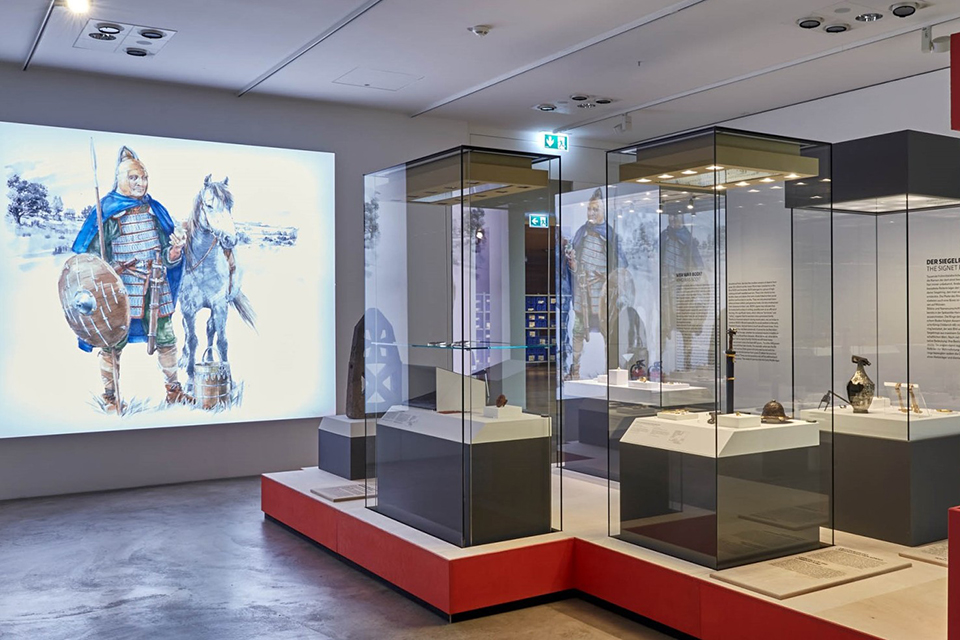Fifty years ago, archaeologists discovered Bodi’s burial near the river Rhine. This summer, we are invited to explore his life at an exhibition in Bonn.
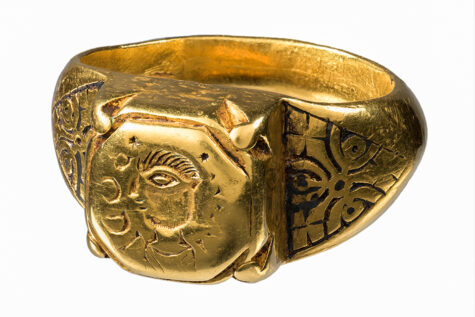 We know the 6th-century man from his golden ring featuring a portrait and his engraved name, Bodi. Judging from his spectacular grave gifts, Bodi must have been a great warrior playing a significant role in the heartland of the Merovingian kingdom, Austrasia. Unique was his armour constructed from iron lamella, recently reconstructed and now exhibited.
We know the 6th-century man from his golden ring featuring a portrait and his engraved name, Bodi. Judging from his spectacular grave gifts, Bodi must have been a great warrior playing a significant role in the heartland of the Merovingian kingdom, Austrasia. Unique was his armour constructed from iron lamella, recently reconstructed and now exhibited.
The grave of Bodi is located at Bislich, close to the delta on the borderline between the middle and lower Rhine. The burial ground was located in the centre of the present hamlet and is believed to have held over 900 graves.
The location of the burial ground was inland on solid ground and above a stream feeding the River Rhine and the surrounding wetlands, and just across from Xanten, a former Roman military camp, the Colonia Ulpia Traiana. The burial ground was located near a transection of roads leading from east to west across the river and north to south through Xanthen. Ninety percent of the graves were robbed in the early middle ages. Nevertheless, the burial ground has yielded a number of spectacular and important – albeit often fragmented finds – such as a wagon, a saddle, a baptismal spoon, beautiful jewellery, and spectacular glassware. Nevertheless, Bodi’s grave – no. 39 – was particularly informative about the milieu of the Merovingian elites and their people buried there.
Bodi’s grave measured 4.6 m x 2,6 m and was fitted out with a 3.1 m x 1.4 wooden burial chamber. In the grave, the said armour was discovered together with important fragments of other goods. Unfortunately, the grave was robbed and partially vandalised in the early Middle Ages, and most of the remarkable finds were only left in the form of bits and pieces. However, the present exhibition has taken these fragments and contextualised them with finds from other magnates’ graves, such as, for instance, “The Lord from Morken” (Der Herr von Morken). By contextualising Bodi in this manner, the exhibition offers a fully rounded picture of a significant representative of the regional and regal entourage of the Merovingian rulers around c. 600.
The Grave
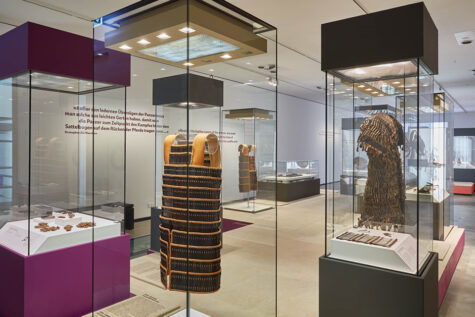
Undoubtedly, the key to understand the world of Bodi – the finds in his grave – designate him as a “warrior” located at the uppermost level. The grave goods comprise:
- A golden solidus minted in Byzantium by Justinian 1 (527-565). The coin had been placed in the mouth of Bodi as a Charon’s obol.
- An armour rolled up at the feet of the warrior and perhaps placed in a wooden shrine. At least 250 iron lamellas were recovered out of the 1500 needed for the reconstruction.
- A golden ring discovered on his left hand
- A fragmented glass bowl in his hand
- Fragments from a bridle and horse gear
- Fragments of a golden helmet
- Fragments of a sword and perhaps seax with belt and scabbard
- Fragments of a lance
- Fragments of the bronze decoration of a wooden pail
Each of these finds is echoed in other corresponding graves from the same region, constituting an assembly demonstrating the cultural capital as warriors, leaders of retinues, and gift-givers, providing their followers with abundant feasts, booty and entertainment.
The Historical Context
Around 600, the Frankish heartland of the Merovingian kingdom, Austrasia, was still locked in a bitter civil war occasioned by the conflict between Sigebert I and his halfbrother Chilperic I and carried into the next decades by the sons. During the violence and wars between AD 561–613, the Justinian Plague ravaged the region, together with the general climatic deterioration following the volcanic events after AD 536-41. At the end of this period, it appears that the cultural formation of the elite became gradually more formalises, represented by the stylisation encapsulated in the graves of Frankish warlords or warriors such as the Man Bodi and the Lords from Morken and Beckum (to name but a few.)
On the one hand, the exhibition and the catalogue offer a splendid introduction to this period and demonstrate how much information may be gleaned by establishing the context for Bodi as reflected in numerous other finds from the same period. On the other hand, the visitor gets a delightful opportunity to visit the inner working of the research lab facilities turning this Frankish world into a scientifically based reimagination.
The LVR-LandesMuseum in Bonn maintains one of Europe’s most modern restoration workshops. Currently, thirteen restorers work here, specialising in different types of physical material. Whether stone, metal, glass, wood, leather or bone – the expertise bundled at the LVR-LandesMuseum Bonn is used throughout the Rhineland for research projects and complex restoration measures. Children are especially invited to follow in the footsteps of these scientists. Equipped with research notebooks, magnifying glasses, rulers and pencils, they are encouraged to compile site inventories, examine X-rays and determine the quality of the gemstones.
In connection with the exhibition, a splendid catalogue has been published. Highly recommended.
VISIT:
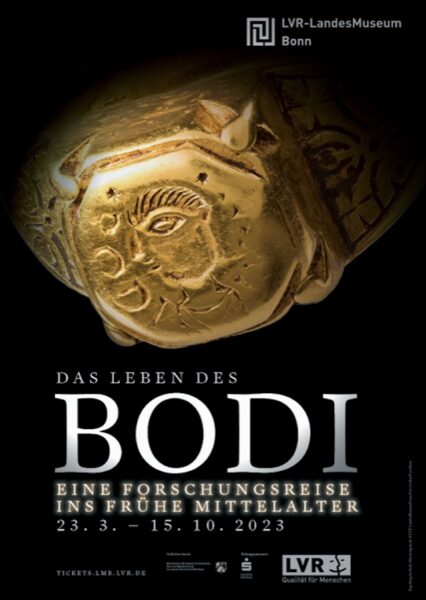 23.03.2023 – 15.10.2023 Das Leben des BODI. Eine Forschungsreise ins frühe Mittelalter
23.03.2023 – 15.10.2023 Das Leben des BODI. Eine Forschungsreise ins frühe Mittelalter
LVR-LandesMuseum Bonn
Colmantstraße 14-16
53115 Bonn
Telephone: +49 228 2070-0
READ MORE:
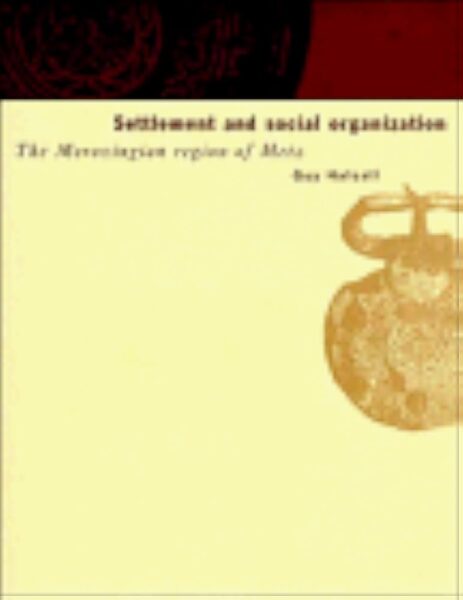
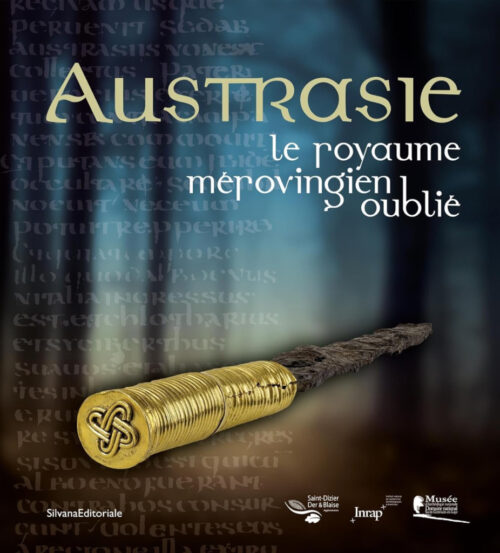
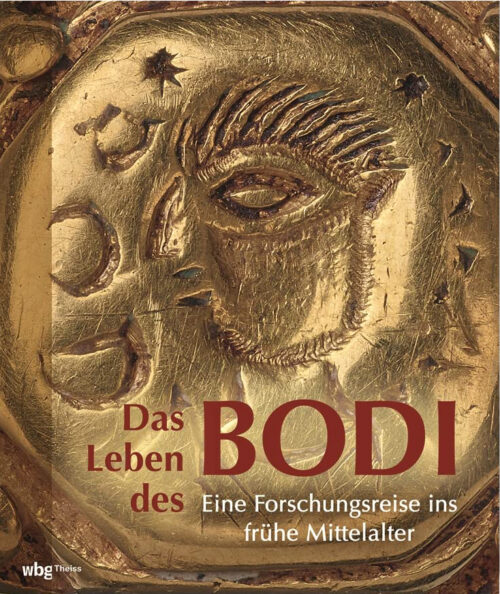
READ ALSO
